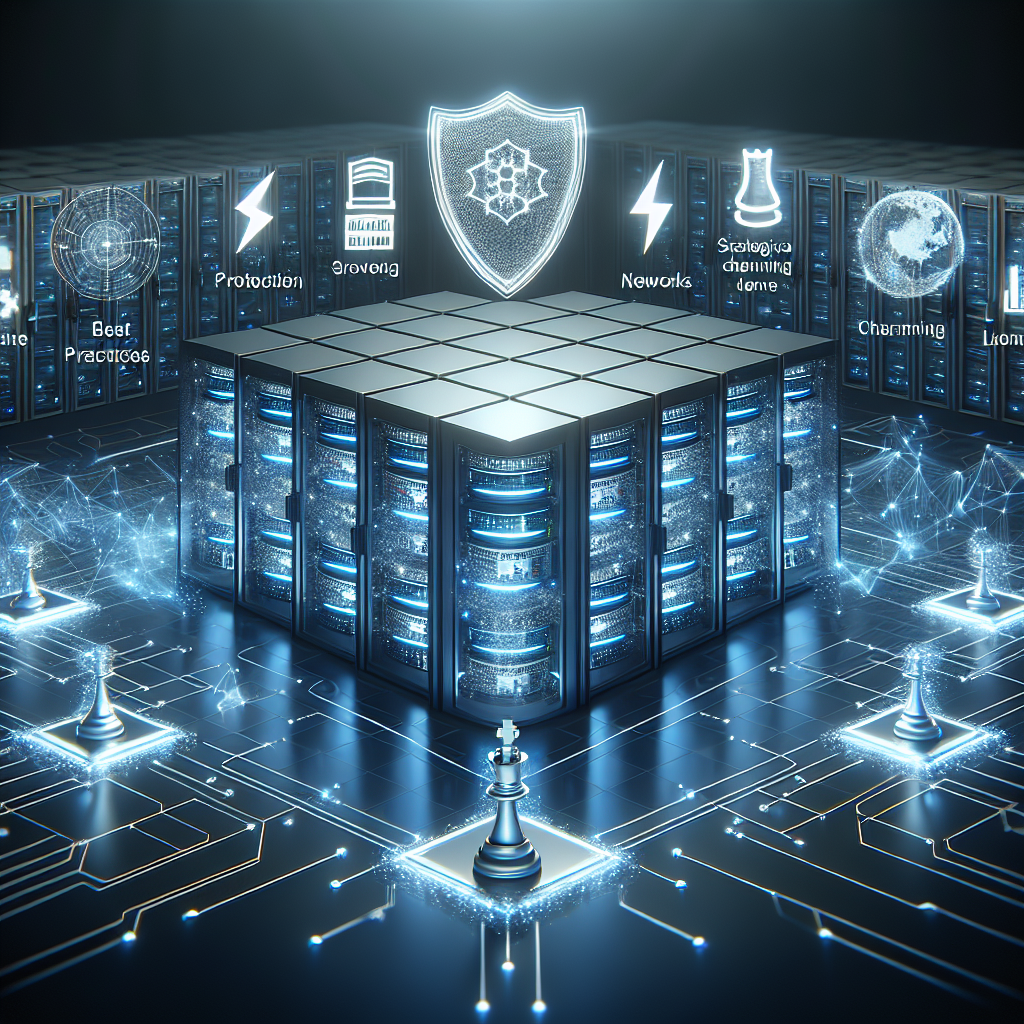Data centers play a critical role in the modern digital economy, serving as the backbone for storing, processing, and managing vast amounts of data. With the increasing reliance on data-driven technologies, ensuring the resilience of data centers has become more important than ever. Data center resilience refers to the ability of a data center to continue operating and delivering services in the face of disruptions such as power outages, natural disasters, cyber-attacks, and equipment failures.
To ensure data center resilience, organizations must implement best practices and strategies that address potential vulnerabilities and minimize the impact of disruptions. Here are some key considerations for ensuring data center resilience:
1. Redundant power and cooling systems: Power and cooling are essential components of data center operations. Implementing redundant power and cooling systems can help ensure continuous operation in the event of a power outage or cooling failure. Redundant systems provide backup power sources and cooling mechanisms that automatically kick in when the primary systems fail.
2. Data backup and disaster recovery: Data backup and disaster recovery are crucial for minimizing data loss and downtime in the event of a disaster. Organizations should regularly back up their data and have a robust disaster recovery plan in place. This includes offsite backups, data replication, and failover systems to ensure quick recovery in case of data loss or corruption.
3. Physical security measures: Data centers house sensitive and valuable information, making them a target for cyber-attacks and physical breaches. Implementing strict physical security measures such as access controls, surveillance cameras, and biometric authentication can help prevent unauthorized access and protect data center assets.
4. Regular maintenance and testing: Regular maintenance and testing of data center infrastructure are essential for identifying and addressing potential vulnerabilities. Organizations should conduct regular inspections, performance tests, and equipment maintenance to ensure optimal operation and identify any issues before they escalate into major disruptions.
5. Monitoring and alerting systems: Implementing monitoring and alerting systems can help data center operators detect and respond to potential issues in real-time. Monitoring systems track key performance metrics such as temperature, humidity, power usage, and network traffic, while alerting systems notify operators of any anomalies or potential failures.
6. Staff training and readiness: A well-trained and prepared workforce is essential for ensuring data center resilience. Organizations should invest in training programs to educate staff on best practices, emergency procedures, and response protocols. Regular drills and simulations can help test the readiness of staff and ensure a swift response in case of a disruption.
In conclusion, ensuring data center resilience requires a comprehensive approach that addresses potential vulnerabilities and implements robust strategies to minimize the impact of disruptions. By implementing best practices such as redundant power and cooling systems, data backup and disaster recovery, physical security measures, regular maintenance and testing, monitoring and alerting systems, and staff training and readiness, organizations can enhance the resilience of their data centers and ensure continuous operation in the face of challenges.


Leave a Reply